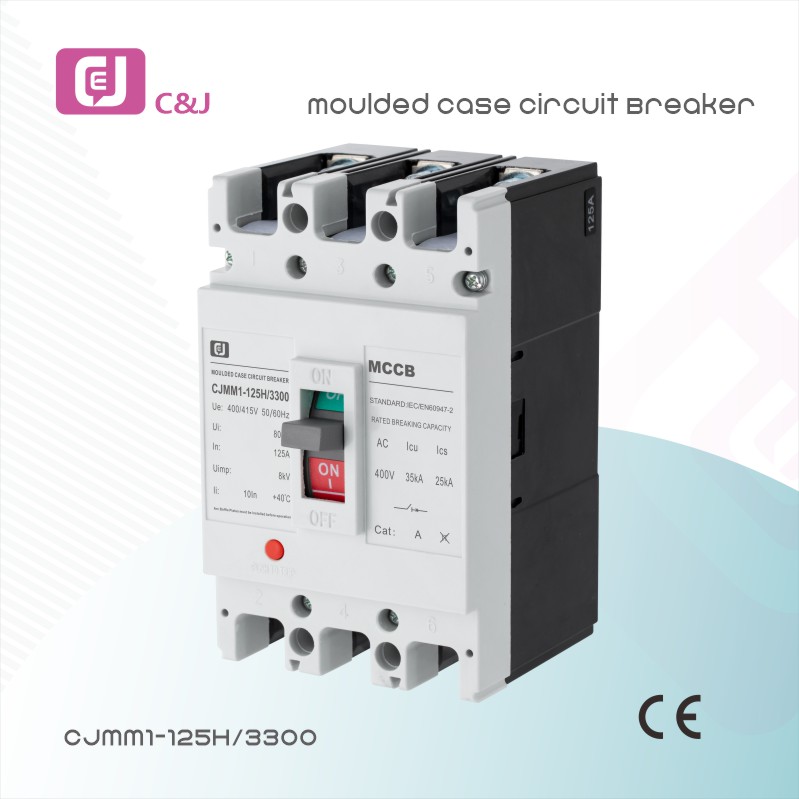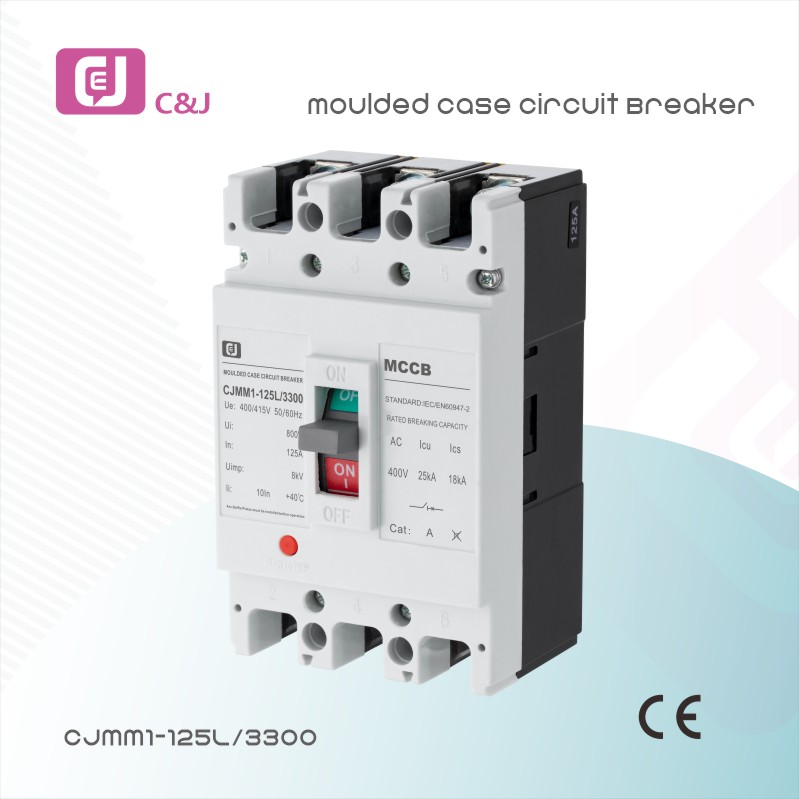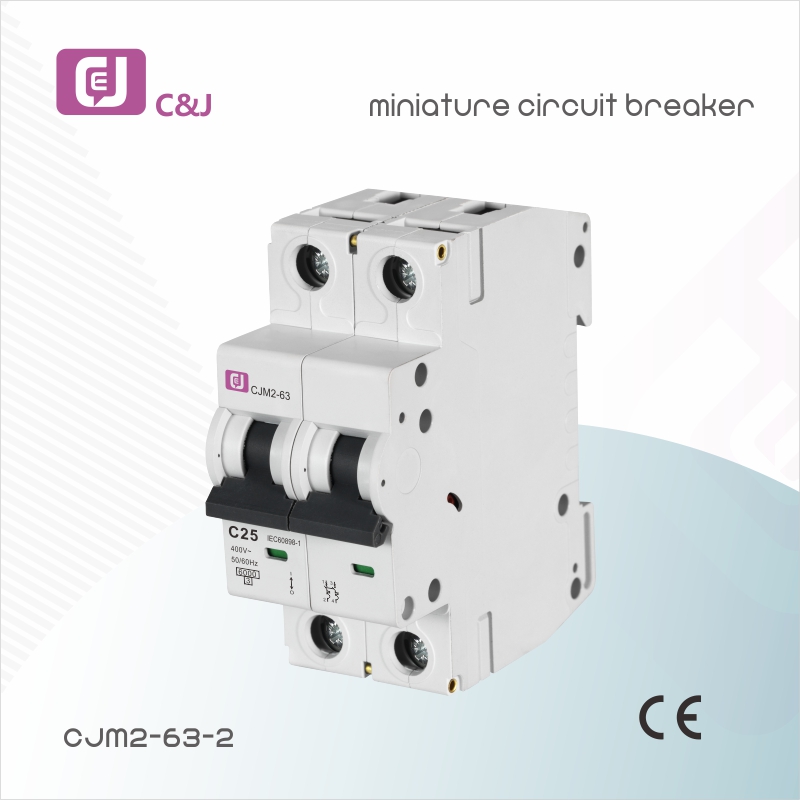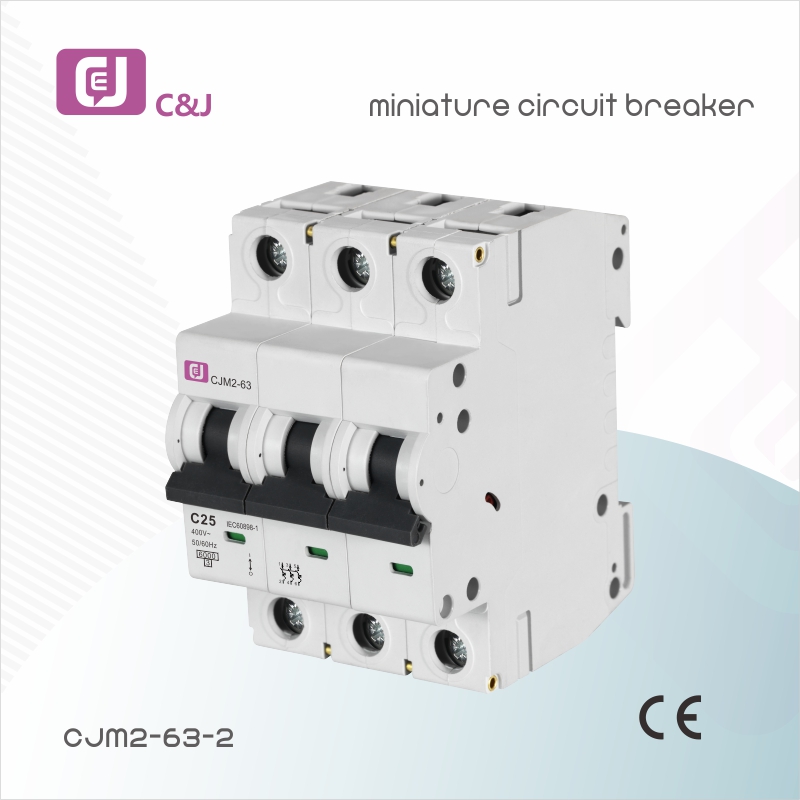Understanding MCCB and MCB: Basic Components of Electrical Systems
In the field of electrical engineering and power distribution, we often come across the terms “molded case circuit breaker (MCCB)” and “miniature circuit breaker (MCB)”. Both devices play a vital role in protecting circuits from overloads and short circuits, but their uses and designs vary. This article will take a deep dive into the features, functions, and applications of molded case circuit breakers (MCCB) and miniature circuit breakers (MCB), and highlight their importance in ensuring electrical safety and efficiency.
What is MCB?
A miniature circuit breaker (MCB) is a compact device designed to protect electrical circuits from overloads and short circuits. MCBs are typically used for residential and commercial purposes with relatively low current ratings, typically ranging from 0.5A to 125A. When a fault is detected, they automatically disconnect the circuit, thereby preventing damage to appliances and reducing the risk of fire.
Miniature circuit breakers (MCBs) operate on both thermal and magnetic tripping principles. The thermal tripping mechanism is used to respond to overload conditions, while the magnetic tripping mechanism is used to respond to short circuit conditions. This dual functionality ensures that miniature circuit breakers can provide reliable protection for a wide range of electrical systems. In addition, miniature circuit breakers are easy to reset after tripping, which is user-friendly and allows for efficient operation in daily use.
What is MCCB?
Molded Case Circuit Breakers (MCCBs) are more rugged devices that are typically rated from 100A to 2500A. MCCBs are often used in industrial and commercial settings where electrical loads are large. Similar to MCBs, MCCBs protect against overloads and short circuits, but they have more advanced features, including adjustable trip settings and the ability to handle higher fault currents.
Molded case circuit breakers (MCCBs) feature a molded case structure that houses the internal components, providing durability and protection from environmental factors. They also typically include additional features such as ground fault protection and communication capabilities, allowing them to be integrated into more complex electrical systems. This makes MCCBs ideal for applications in manufacturing plants, data centers, and large commercial buildings.
Key Differences Between MCB and MCCB
1. Rated current: The most significant difference between a Miniature Circuit Breaker (MCB) and a Molded Case Circuit Breaker (MCCB) is their rated current. MCBs are suitable for low current applications (up to 125A), while MCCBs are suitable for high current applications (100A to 2500A).
2. Application: MCBs are mainly used in residential and light commercial applications, whereas MCCBs are designed for industrial and heavy commercial use.
3. Tripping Mechanism: MCBs usually have fixed tripping settings, whereas MCCBs usually have adjustable tripping settings, allowing customization to specific load requirements.
4. Size and Design: Miniature circuit breakers (MCBs) are smaller and more compact, making them ideal for space-constrained environments. In contrast, molded case circuit breakers (MCCBs) are larger, more rugged, and designed to handle higher electrical loads.
5. Cost: Generally speaking, MCBs are more cost-effective for low-power applications, while MCCBs tend to be more expensive due to their advanced features and higher ratings.
In conclusion
In summary, both MCCBs and MCBs are vital components in electrical systems, and they each play different roles depending on the application requirements. Understanding the differences between these two devices is essential to selecting the appropriate circuit protection solution. Whether for residential or industrial use, ensuring the proper use of MCCBs and MCBs is critical to maintaining electrical safety, efficiency, and reliability. As technology continues to evolve, the role of these circuit breakers will continue to be an integral part of the safe operation of electrical systems around the world.
Post time: Jun-24-2025





